Knysna’s Trent Read has been involved in the business of art for 50 years.
Case study: Knysna Museums - the digital-to-history interface
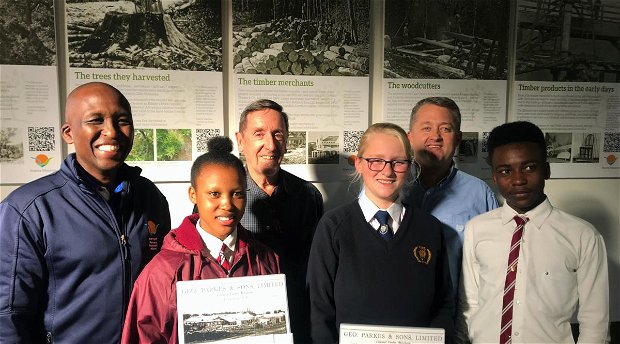
Cost-effective use of a new website and posters marked with QR codes: an inexpensive method of upgrading displays and extending the reach of a small community-owned museum.
Knysna Museums: The digital-to-history interface
Challenge
The Knysna Museum, which is owned by the Knysna Municipality, is spread over two separate properties in the CBD. Knysna also boasts a number of private museums, as well as one belonging to an NGO (NSRI), and one belonging to SANParks.
Knysna Municipality was desirous of upgrading the quality of information offered in its museum facilities, but had very little budget for doing so.
Knysna & Partners (the town’s destination management organisation at the time of initiation of the project) saw value in making local stories accessible to the widest possible audience.
Solutions
At the suggestion of the then CEO of Knysna & Partners, Greg Vogt, the municipality made budget available to research and write a web site for its own museums.
It was agreed that the site would host pages for other local museums, too, but that the costs of researching and writing those pages should be borne separately by those museums. The URL chosen for the site therefore indicates the plural: www.knysnamuseums.co.za
The project has so far been implemented in four stages, and over four budget years
- 1: Website- built on the Springnest platform, a content management system developed in South Africa for small businesses in the tourism sector. See: www.tourismcontent.co.za/pages/website-features/. In the case of the Knysna Museum itself, the main themes of the displays were divided and described according to their locations on the museum properties (summarised and with links on www.knysnamuseums.co.za/pages/knysna-museum/). All other museums were allocated a single page each - see www.knysnamuseums.co.za/pages/other-museums/
Phases 2-4 involved the research and creation of themed pages with accompanying posters:
- 2: Our Forestry Heritage (Part I) - eight titles, including the forests, the woodcutters, the narrow-gauge railway line, etc.. See www.knysnamuseums.co.za/pages/parkes-shop/
- 3: Our Heritage in Stone - seven titles that explore the geology and archaeology of the Knysna basin. See www.knysnamuseums.co.za/pages/pitt-street-house/
- 4: Our Forestry Heritage (PART II) - three titles: Prehistoric people of the forests; Slavery and labour in the forests in the 19th Century; Labour in the forests under Apartheid. See www.knysnamuseums.co.za/pages/parkes-shop/
Posters
Since the budget for new displays was limited, the bulk of the available money went into researching and writing material for the web site. The displays themselves were therefore updated by the simple method of creating and hanging new posters on the walls of the museum.
The posters were all designed to include a main and three supplementary images, a maximum of 100 words of text - chosen to excite interest in the subject - and a QR (Quick Response) code. These codes can be scanned by smartphones, and direct users to pages on the site dedicated to the themes of each poster.
This allows people visiting the museum to access a deep level of information that isn’t possible in real-world displays where space and budget are limited. This expanded information includes both stories and multimedia (images, videos, pdf files, etc.)
The presence of this information on the web allows people who cannot visit the museums access to authoritative information about Knysna’s history and natural history.
The posters were printed A1 size on museum-quality canvas, and mounted on frames for display in the Knysna Museum.
Please see examples in the attached image gallery.
Pop-up museums
A full set of each series of posters was donated by Rotary Knysna to each of the local high schools and libraries, where they are now displayed as ‘pop-up museums’ - considerably adding to the reach of the project. See www.knysnamuseums.co.za/blog/post/pop-up-museums-for-local-schools-and-libraries/
Additionally, the artwork for these posters is available to local businesses (at the business’s own expense) should they wish to display them in order to enhance their guests’ experience of the town.
- Example 1: a pop-up museum in 34 South Restaurant at the Knysna Waterfront (see gallery)
- Example 2: a pop-up museum on display in the Knysna Public Library, Main Street (see gallery)
- Example 3: a pop-up museum during the 2020 Knysna Timber Festival (see gallery - image & video)
Outdoor displays
As an extension of the digital-to-history interface, Knysna Municipality and Wesgro (which now - July 2021 - manages the tourism marketing function for the town) recently sponsored a new interpretive sign board for the wreck of the sailing ship, Paquita (1903), which lies in the river mouth.
This board, which has been erected near The Heads parking area, employs the same concept of a detailed web page accessed via QR codes. See attached image, and also the article, 'New interpretive sign for the wreck of the Paquita.'
- 'The Paquita: from deliberate wreck to diver’s paradise' on knysnamuseums.co.za: www.knysnamuseums.co.za/pages/paquita-wreck-knysna/
Project contractors
- Martin Hatchuel, www.tourismcontent.co.za - built the Knysna Museums website on the Springnest content management platform. Researched and wrote all pages. Curated all media. Conceived the ideas for the posters and pop-up museums. Wrote the copy for all posters and for the Paquita signboard.
- Jo Hugo, www.designetc.co.za - graphic design for all QR code/museum posters, and for the Paquita sign.
- Destination Garden Route, www.destinationgardenroute.co.za - project management.
- Knysna Press, www.knysnapress.co.za/ - printing and signage.
More information & enquiries for similar projects
Martin Hatchuel, [email protected] - 0849510574
7 July, 2021
Featured image
Xola Frans (Knysna Municipality); Latoya Baba (Percy Mdala High Interact Club); Philip Caveney (Knysna Historical Society); Megan Hunter (Knysna High Interact Club); Herb Hunter (Knysna Rotary); Brandmore Sandile Mngcitha (Percy Mdala High Interact Club) at the handover of the first pop-up museums to high schools in Knysna.
Further Reading
Total commitment and a love for animals drives this Plettenberg Bay woman to try and change the law about whether animals can own the land on which they live, and so protect their habitat forever.
Opened to guests in 1984, Knysna’s Featherbed Nature Reserve quickly grew into one of the Garden Route’s biggest tourism attractions. Martin Hatchuel takes a look at its origins and early history under its founder, William Smith. Please scroll down for a gallery of pics.
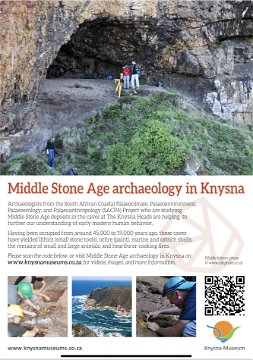
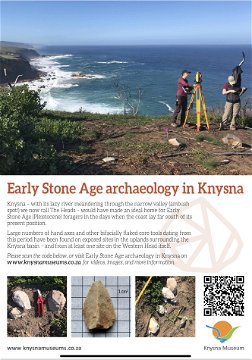

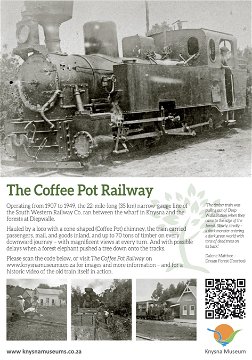

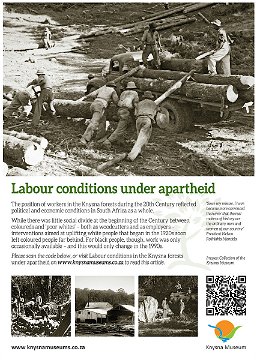


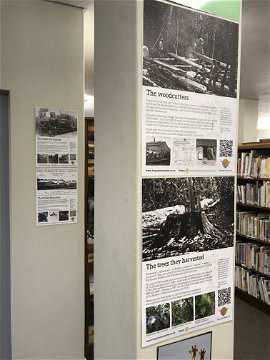
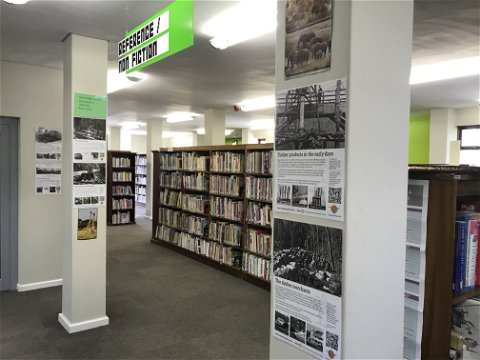
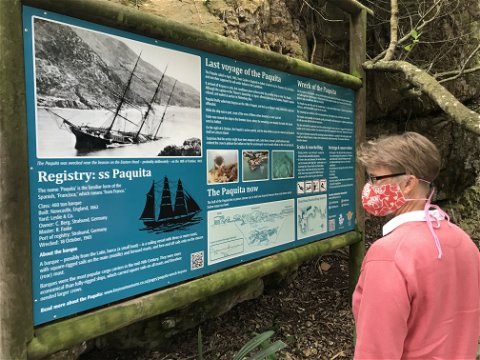
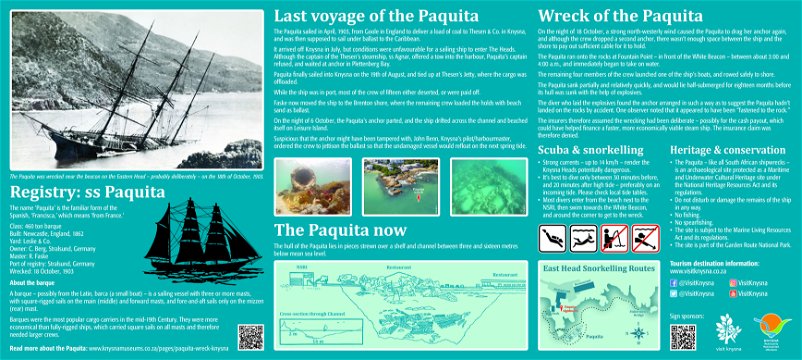
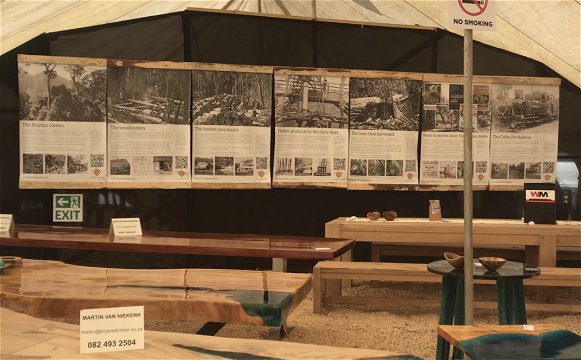

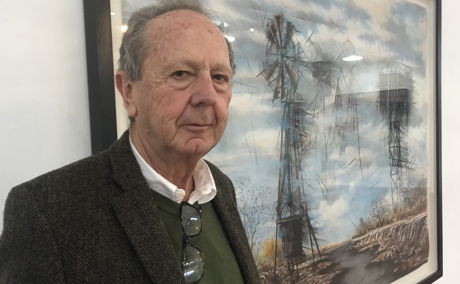
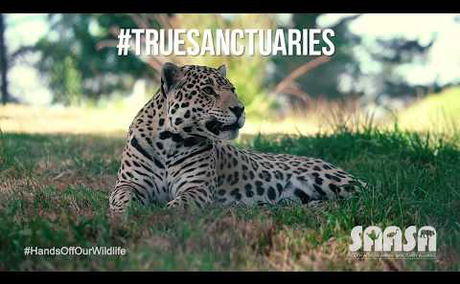
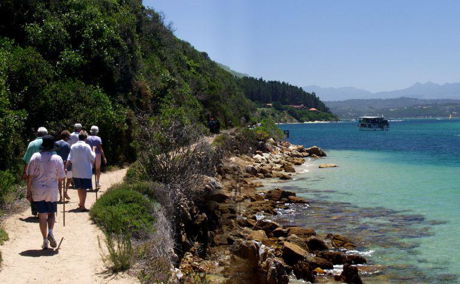
Share This Post